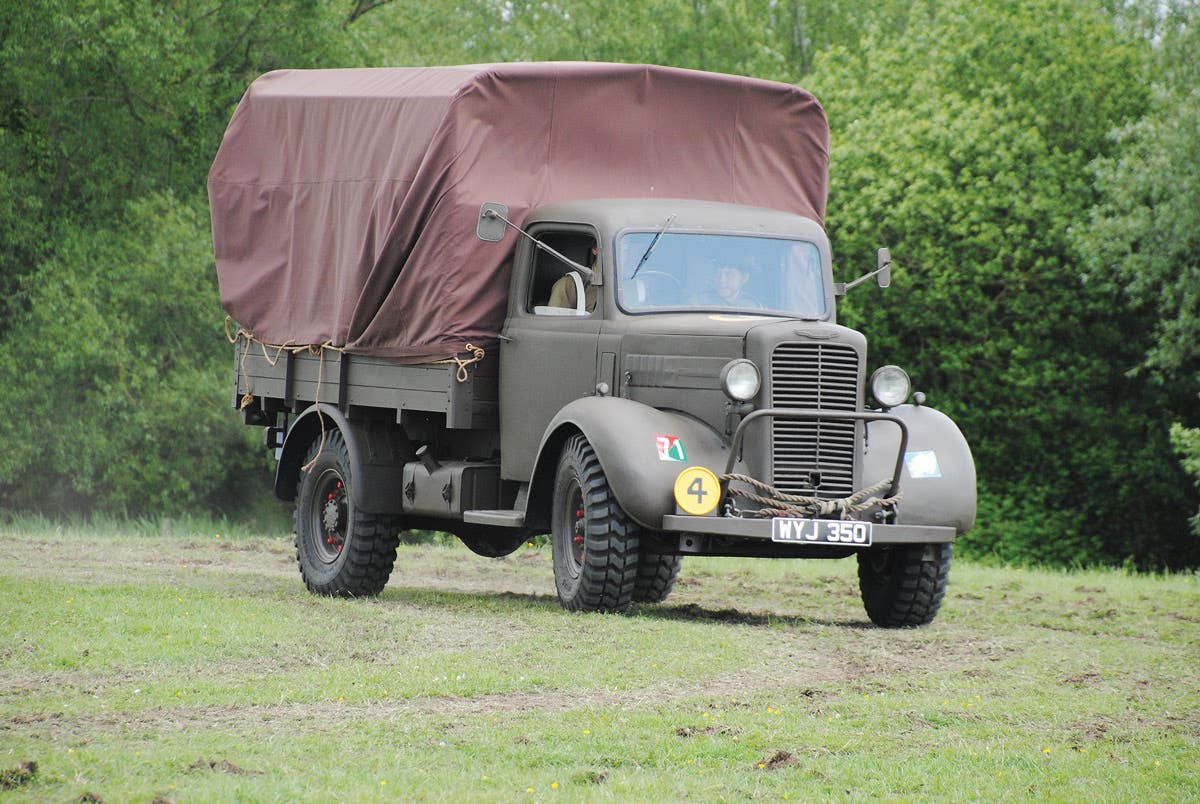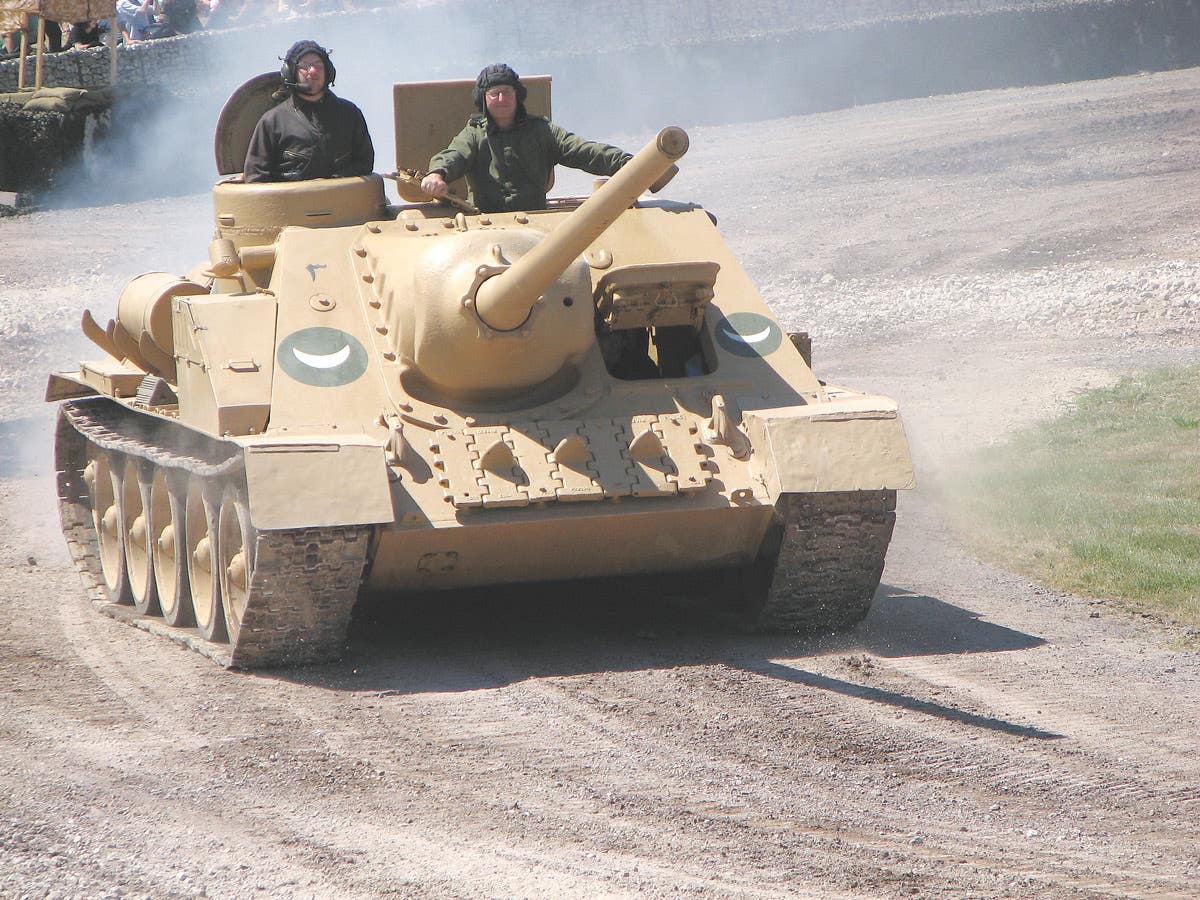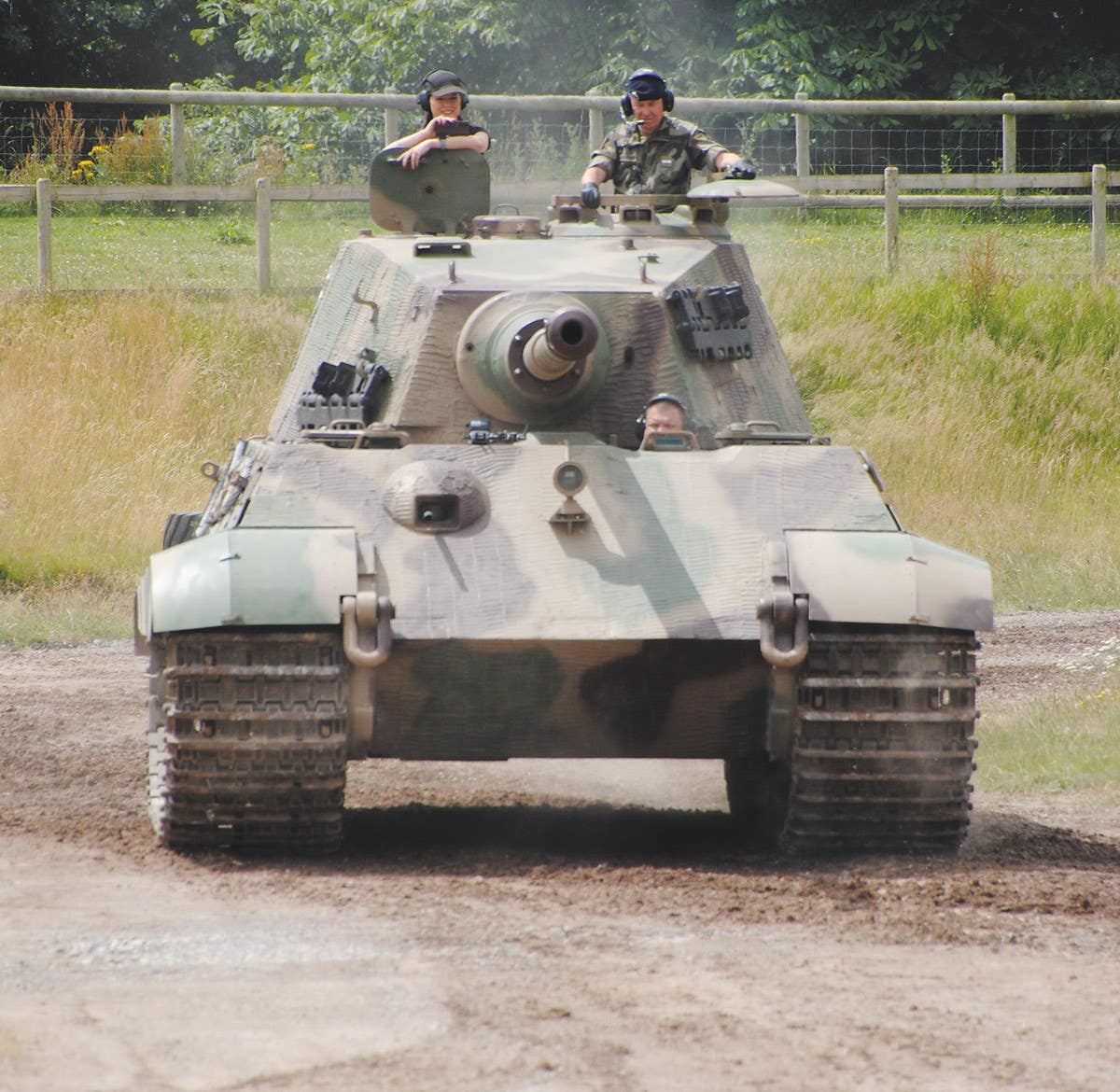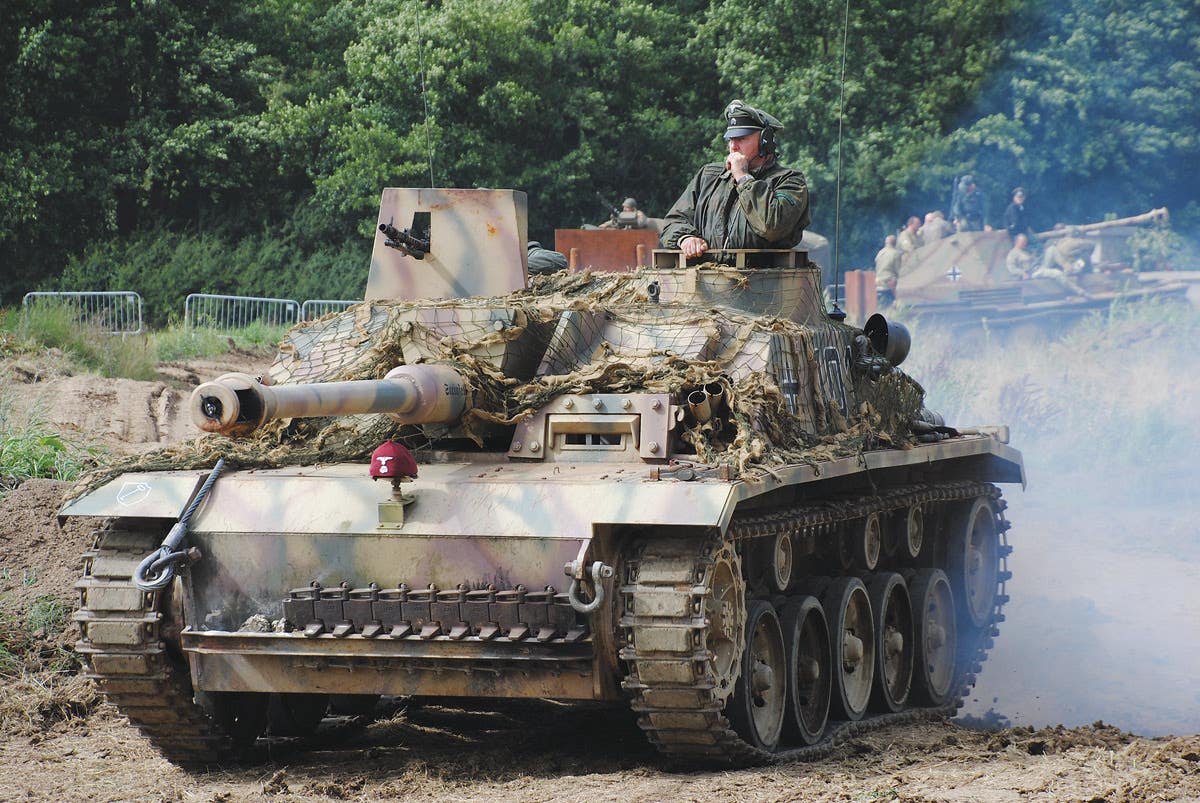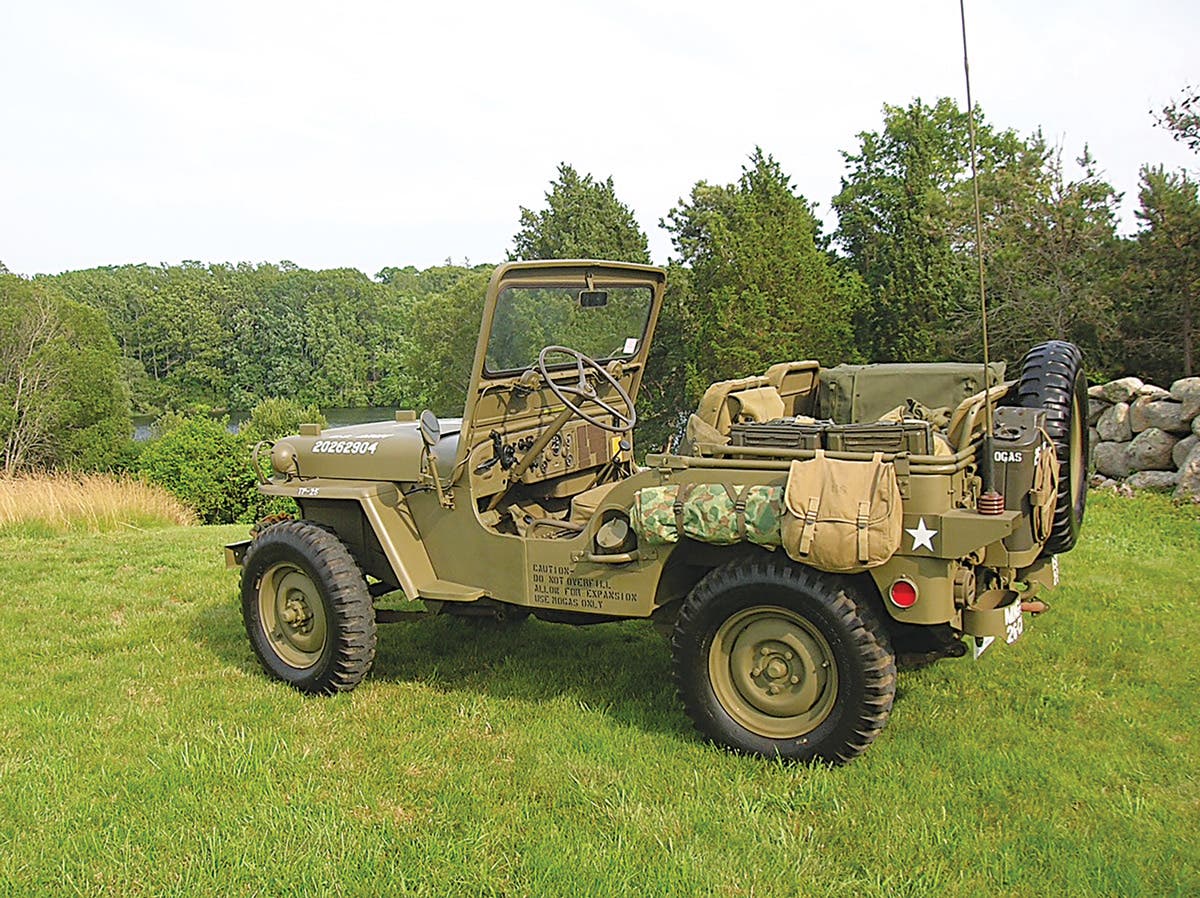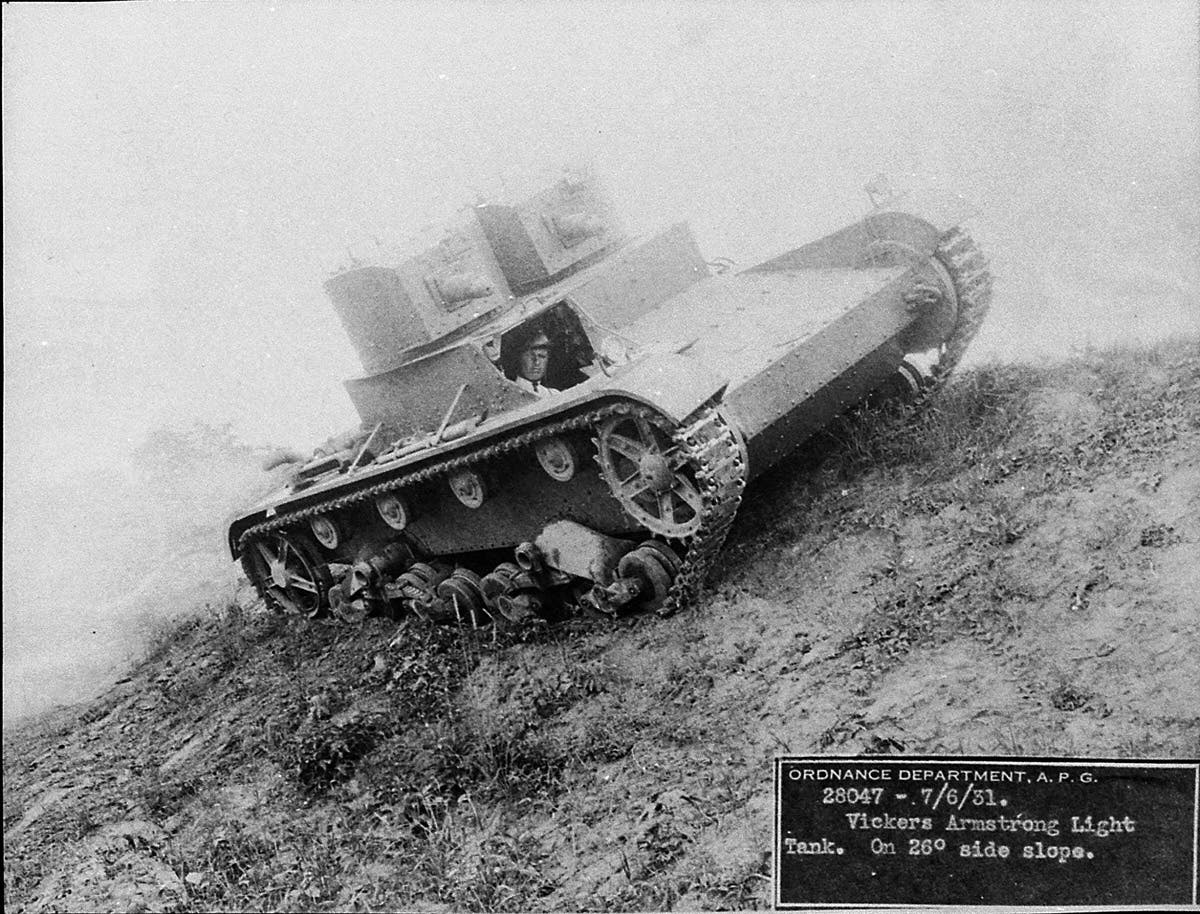They rolled for General Pershing
American Armored Cars of the WWI Era
As war tore apart Europe in 1914, the United States was reluctant to join the slaughter. President Woodrow Wilson was willing, however, to support a conflict closer to home. Wilson recognized Venustiano Carranza, the head of the Constitutionalist faction of the revolution occurring in neighboring Mexico as the rightful head of the Mexican government. But, while German forces marched across western Europe and advanced into Russia, the guerrilla Pancho Villa established control of much of northeastern Mexico during 1914 and 1915. So, when Carranza ordered his troops to hunt down and suppress revolutionary forces led by Villa, Wilson offered U.S. troops to assist in the operation.
Following a small series of attacks on U.S. nationals and their property in northern Mexico, Pancho Villa and his revolutionary force attacked the small United States border town of Columbus, New Mexico. The attack pushed the Americans far enough to abandon its non-combative position. President Woodrow Wilson ordered a Punitive Expedition in which the US Army invaded Mexico in an unsuccessful attempt to capture General Villa. His Army Chief of Staff, Maj. Gen. Hugh Scott, selected Brig. Gen. John J. Pershing to lead the expedition. Pershing’s military record was admirable. He had served in the frontier Indian Wars, the Philippine Insurrection, and as an observer in the Russo- Japanese War. While on the western frontier, he had commanded a troop in the all-black Tenth U.S. Cavalry Regiment and earned the nickname “Black Jack.”
His forces were to include two columns of infantry, cavalry, field artillery, engineers, field hospitals, wagon and ambulance companies, signal detachments, and the First Aero Squadron with eight airplanes. Though a cavalry officer at heart, Pershing embraced some of the most recently available forms of transportation including trucks, motor cars, and motorcycles. Sprinkled through the two columns was a recent addition to the US Army’s mobile fighting capabilities: Armored cars.
A NEW FORM OF WARFARE
Though the Army had dabbled in machine-gun armed soft-skin vehicles as early as 1898, the rapid troop movements during the first two years of the Great War in Europe refocused attention on creating a way to quickly move firepower on the modern battlefield. The powerful armies of France, Great Britain, Russian, and Germany all deployed armored cars as scouts and rapid deployment forces. As the United States looked on from a seat of neutrality, its industries recognized an opportunity to supply the warring nations.
Like many manufacturers today, the young U.S. car, tractor, and truck companies of 1914-1918 devoted a lot their attention to securing military contracts. Several companies, including King, Jeffrey, Dodge, Davidson-Cadillac, Ford, Mack, Locomobile, and White designed armored vehicles on truck chassis that they attempted to sell to any government. General Pershing even utilized at least four armored cars during his pursuit of Pancho Villa south of the Mexican border: A Jeffrey (referred to as “Armored Car. No. 1”) and three Dodge armored cars.
As Pershing’s Expedition discreetly progressed deeper into Mexico from 1915 through 1917, American manufactures continued to develop and supply military material. While most hoped to sell directly to the US government, they were free to sell to European nations, regardless of allegiances.
WHITE MOTOR COMPANY
One company that was working hard to obtain military contracts was the White Motor Company of Cleveland, Ohio. The company’s origins dated back to 1876 when Thomas H. White created the White Sewing Machine Company. In 1899, his son, Rollin Henry White, invented the auto flash boiler. Rollin and his two brothers, Windsor and Walter, recognized the opportunities of a changing world, and the following year, diversified the sewing machine company’s products by introducing trucks and the White Steamer automobile (based on Rollin’s invention).
Despite outselling other automobile companies by almost twice the number of vehicles, Thomas did not share his sons’ enthusiasm for self-propelled cars and trucks. The three brothers left their father’s sewing machine company to create the White Motor Car Company. Having established an automotive factory on Cleveland’s Canal Street, the brothers unveiled their first production vehicle under their own name in 1909.
About that time, Rollin became more interested in agricultural tractors than automobiles. He developed some tractor designs derived from standard White truck parts. When the other two brothers said they were not interested in producing tractors, Rollin, along with another brother, Clarence, created their own company: Cleveland Motor Plow (which later became Cleveland Tractor Company — Cletrac).
Meanwhile, the outbreak of war in Europe in 1914 provided the automotive company with opportunities. Windsor and Walter shifted their focus to designing and manufacturing trucks to supply to any government. In addition, they worked on adapting their truck chassis to provide armies with the rapid, armored deployment required in the new, mechanized form of warfare.
In 1915, White Motor Car Company developed an armored car for a group of wealthy and patriotic New Yorkers. The Company called the 17-foot-long, 4x2-wheel drive vehicle, the “White No. 1.” It joined two other similarly armored truck chassis (one built by Mack, the other by Locomobile) to equip the “1st Armored Motor Battery” for the New York National Guard.
Despite the Automotive Section of the Council of National Defense’s advice to not expend any energy in the development of armored car construction, the brothers continue to work toward securing a government contract. This time, providing a 1-1/2-ton truck chassis to Rock Island Arsenal for further development. Assembling a armored body on the White chassis, Rock Island Arsenal delivered the prototype to the Army at Fort Sill, Oklahoma, in 1917. It became clear the nearly 9,000-lb vehicle was too heavy for rear wheel-only drive. But, by fitting the rear axle with dual wheels, the armored car performed adequately in normal-terrain tests. Suitably for the rugged southwest terrain, the Army designated the vehicle “Armored Car No. 2” and equipped it with a Benet-Mercie .30-caliber machine gun before deploying it with troops serving on the Mexican Border.
Meanwhile, the United States had officially declared war on Germany and the Central Powers in 1917. After doing so, it prohibited American companies from supplying raw materials or finished goods to Germany or her allies. White’s potential market shrunk considerably.
When the newly formed and France-destined American Expeditionary Force (AEF) issued specific requirements for an armored car, Rock Island Arsenal employed many of the lessons it had learned from Armored Car No. 2 to develop a successor that could accompany the AEF across the Atlantic. It sub-contracted Van Dorn Iron Works of Cleveland, Ohio, to produce a lighter armored body that could be mounted on White's 1-1/2-ton chassis.
A prototype of the new armored car went through rigorous testing at Rock Island Arsenal. Weighing nearly 2,500 lbs lighter than its predecessor and powered by a 45-hp four cylinder gas engine, the new White armored car was able to reach speeds of up to 40 mph on improved roads. The vehicle’s solid tires and non-driving front axle, though, limited cross-country mobility. Regardless, the Army had changed its approach to modern warfare and decided it no longer required an armored car in its inventory.
While the White's armored car story during WWI should have ended with the 1917-version, the company may have been involved in one last attempt to supply the U.S. Army then in Europe. In 1918, the AEF’s Service of Supply requested 150 armored cars to use for convoy escort, perhaps looking ahead to an eventual occupation of a defeated Germany. Though the vehicle never went into production, photographic evidence reveals that at least one “prototype” was created using a White / Van Dorn chassis and body. The wood-body prototype had two turrets, one facing fore and the other, aft. The prototype was camouflaged and carried the number “US 4053” on the hood.
AFTER WWI
Following the Armistice in 1918, White Motor Company returned to civilian production and soon became the number-one maker of trucks and custom vehicles in the United States. The Great Depression caused sales to plummet, however, resulting in a temporary merger between White and Studebaker in 1932.
The combined operations lasted just two years when White independently reorganized under the leadership of Robert Black as the White Motor Corporation. The new company defined itself as a major producer of heavy-duty trucks and buses.
When the clouds of war once again darkened Europe in 1939, the White Motor Corporation answered America’s demand for combat vehicles. Equipping its Cleveland plant at 842 East 79th Street for military production, White entered full-scale production of several different military vehicles. By the end of WWII, White had completed 15,522 half-tracks of various models, 20,918 M3A1 Scout Cars, and 8,174 4-ton and 6-ton tractors.
In just 30 years, the company that began its war production in 1915 with a handful of armored cars chassis, had grown into a military manufacturing powerhouse by the end of WWII. Without White’s contribution to victory, the price of the freedom won by the Allies would have been much greater.
*As an Amazon Associate, Military Trader / Military Vehicles earns from qualifying purchases.
John Adams-Graf ("JAG" to most) is the editor of Military Trader and Military Vehicles Magazine. He has been a military collector for his entire life. The son of a WWII veteran, his writings carry many lessons from the Greatest Generation. JAG has authored several books, including multiple editions of Warman's WWII Collectibles, Civil War Collectibles, and the Standard Catalog of Civil War Firearms. He is a passionate shooter, wood-splitter, kayaker, and WWI AEF Tank Corps collector.



